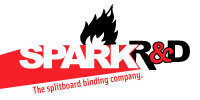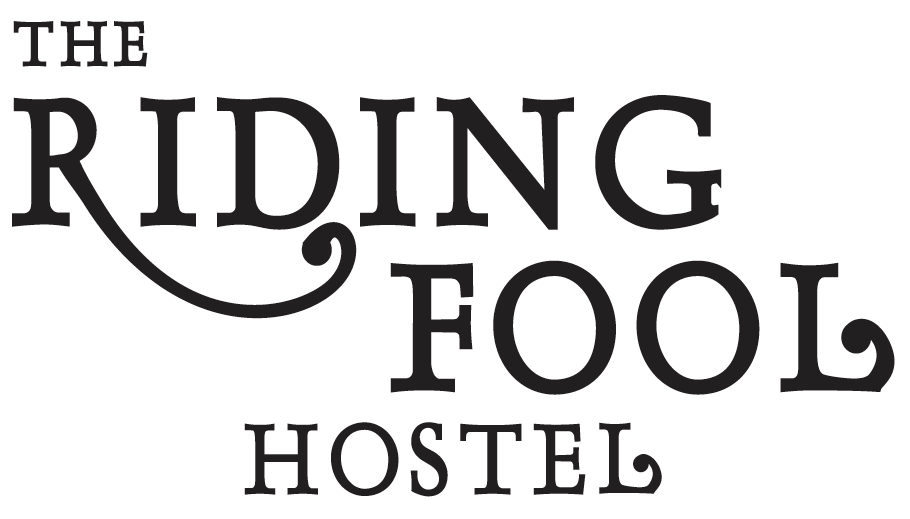This Bulletin Valid Until: Sunday December 3rd, 2017 @ 6 pm.
Confidence: Moderate- no alpine snow pack observations
Main Concerns: (Avalanche problems)
Wind Slab- up to 25 cm over the last 48 hours has been distributed via a dominate south westerly wind pattern. This new snow has formed wind slabs over a well established upper snow pack rain crust. In specific alpine and tree line protected areas these slabs are touchy to human traffic and have the potential to produce large avalanches.
Loose Dry- Loose dry avalanches are widespread and likely to be touchy to human triggers in steep, thin, and unsupported terrain features. These avalanches are likely to be small, however have the potential to push a human into terrain traps and hazards. In isolated large alpine features, loose dry avalanche may be large in size.
Travel/Terrain Advice: Early season conditions exist through the island terrain. At all time safe travels procedures must be adhered to, with care taken to identify hazards both above and below.
Past Weather: Over the last 72 hours, mountain alpine weather has seen air temperatures swing from minus six to zero degrees A total of 30 centimeters has fallen with moderate south east wind.
Avalanche Summary: Ski cutting on steep west aspect terrain at tree line was touchy and produced numerous small wind slab with crowns down 20-30 cm and propagating easily. Explosive testing produced one small avalanche at tree line on a west aspect in a protected area.
Snowpack Description: The island snow-pack began development early this month with western areas seeing a settled snow-pack of 3 meters and drier eastern areas 2 meters. During this past period numerous days of moderate to heavy snowfall followed by significant rain events and freezing levels rising above 2000 meters produced three significant rain crusts. Over the past 48 hours up-to 25 cm of new snow has fallen on this upper crust and is moderately reactive in specific terrain features. The crusts exist in the mid snow pack but only the upper crust is currently reactive to human triggers.
Surface- New snow up-to 25 cm
Upper- Numerous melt freeze crusts exist in the upper snow pack.
Mid- Well settled
Lower- Well settled.
Weather Forecast: A strong westerly flow will continue to bring light flurries and south east wind during this forecast period. Beginning Sunday light NW wind, clearing and cooling temperatures will persist.
Fri- up to 10 cm new snow. Winds SE to 20 km/hr.
Freezing level to 900 m.
Sat- up to 5 cm new snow. Winds NE to 15 km/hr.
Freezing level to 800 m
Sun- Clear sky Winds NW to 15 km/hr.
Freezing level to 700 m.
Prepared by Jesse Percival
























